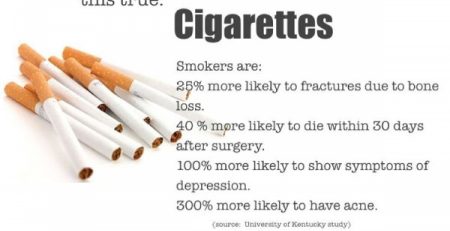Policy Policy on Electronic Cigarette Control in Thailand
It has been stated that electronic cigarettes (e-cigarette) are able to help people quit smoking. However, there is no scientific evidence ensuring safety using this product.
The e-cigarette contains nicotine ranging from 4. 24 micrograms, which is 10 times higher than normal cigarettes (only 1.2 microgram). Some cigarette producers add flavors and fragrances of fruits or herbs aiming to increase new initial smokers. The e-cigarette is already sold through the internet in Thailand. Therefore, selling this type of cigarette should be controlled.
Characteristics and methods of smoking of the e-cigarette are similar to normal cigarette smoking. However, the e-cigarette is longer than conventional cigarettes, consisting of three main parts. The first part is a battery container used in this tiny e-cigarette to working by heat instead of being lit. The second part is a substance that causes elements in the cartridge to vaporize by heat, and the third part is a tube for the liquid (cartridge) which contains the chemical propylene glycol in liquid form that makes mist which looks like cigarette smoke while smoking. This tube or cartridge can be refilled with various liquid nicotine concentrations. This part is connected to a flat pump (mouthpiece) which lights a red light while smokers are smoking.
The World Health Organization (WHO) categories the e-cigarette as an Electronic Nicotine Delivery System: ENDS. The e-cigarette is most common in rich countries (at least 16 countries) because it is quite expensive. However, the e-cigarette has been developed for continuous use and is available through various channels. The greatest availability for e-cigarettes is through internet websites and shopping malls. It is stated that the e-cigarette can help one quit smoking. However, there is not yet scientific evidence to verify its effectiveness and safety. Some countries have laws to control the e-cigarette. For example, Canada sets the e-cigarette under control of the Food and Drug Act which requires permission for import, advertising and distribution. Brazil bans sales, import and advertising e-cigarettes, and Australia prohibits selling the e-cigarette and substances containing nicotine.
A survey conducted in 4 countries (USA, the United of Kingdom, Canada, and Australia) indicates that: (1) 79.8% of smokers understand that the e-cigarette is less harmful than normal cigarettes, (2) 85.1% use the e-cigarette to quit smoking, (3) 75.4% use it to reduce smoking, and (4) more than 80% use the e-cigarette in smoke ? free places.
Approaches to control nicotine delivery products
According to experience learnt by member countries, the WHO concludes that there are 2 approaches to control nicotine delivery products which are to: (1) control devices used to smoke e-cigarettes, and (2) control liquid contained in these devices which varies in each country according to nicotine content and tobacco emissions.






